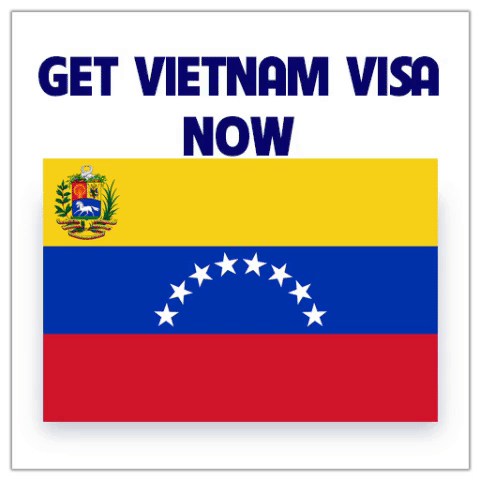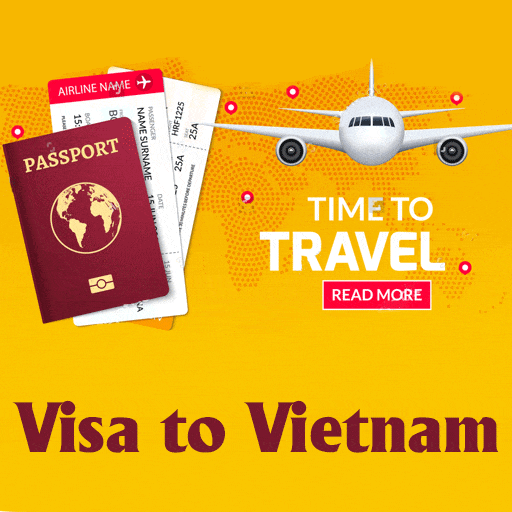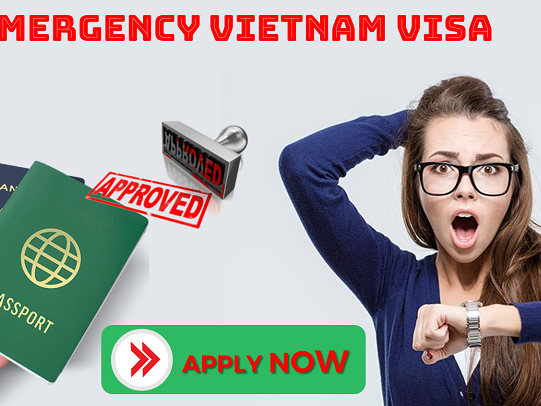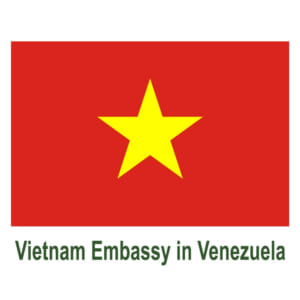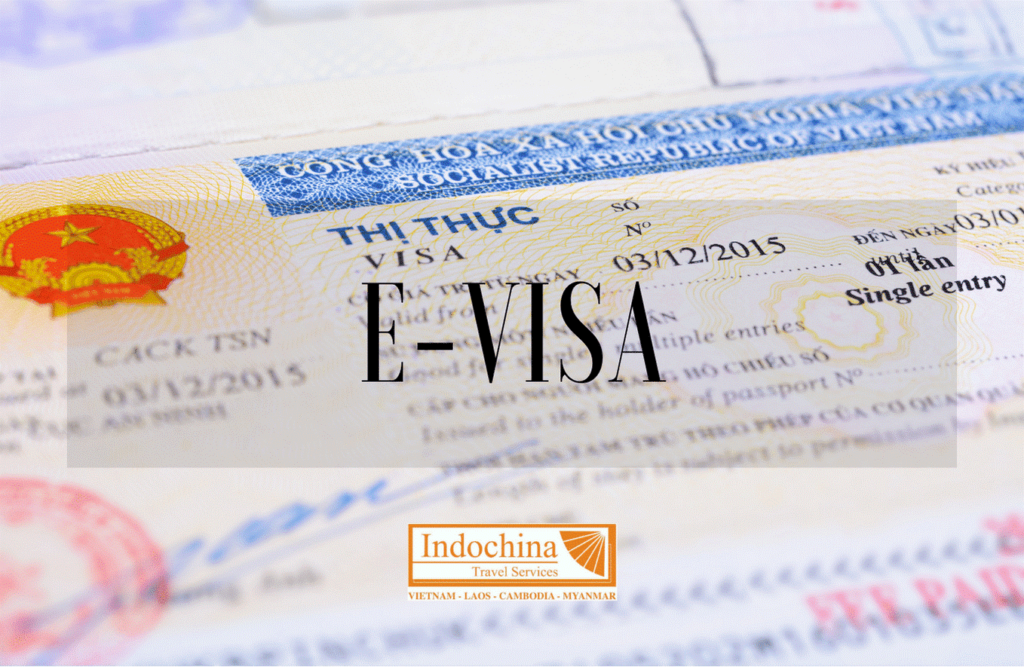
Vietnam destination known for its rich cultural, and breathtaking natural landscapes, has become an increasingly popular travel destination for American citizens. Whether you’re embarking on a leisure trip, business venture, or exploring your ancestral roots, obtaining a valid visa is a crucial prerequisite for entry into the country. In this comprehensive guide, we’ll navigate through the process of acquiring a Vietnam visa for American citizens, providing you with all the essential information and step-by-step instructions to ensure a seamless and hassle-free experience.
Overview of Vietnam Visa for Americans
As an American citizen, you cannot enter Vietnam without a valid visa, as the country does not offer visa-free entry for U.S. nationals. The Vietnamese government provides several visa options tailored to meet the specific needs of travelers, ranging from short-term tourist visas to long-term business or employment visas. The type of visa you require will depend on the purpose and duration of your stay in Vietnam.
Importance of Obtaining a Vietnam Visa
Traveling to Vietnam without a valid visa is strictly prohibited and can result in severe consequences, including hefty fines, deportation, and potential travel bans. Ensuring you have the appropriate visa before your trip is crucial to avoid legal complications and enjoy a smooth travel experience in this beautiful country. Obtaining a visa not only grants you legal entry but also provides peace of mind, allowing you to fully immerse yourself in the rich culture and vibrant landscapes that Vietnam has to offer.
Types of Visas for Americans Traveling to Vietnam
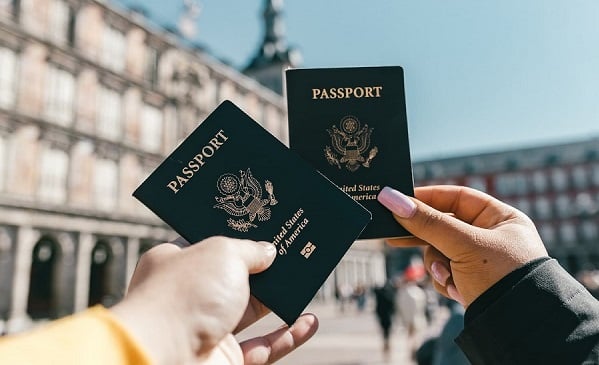
Vietnam offers several visa options for American citizens, each catering to different travel purposes and durations. Here are the most common types of visas available:
Tourist Visa
The tourist visa is the most widely sought-after option for leisure travelers visiting Vietnam. This visa allows you to explore the country’s diverse attractions, engage in cultural experiences, and enjoy the breathtaking natural beauty. Tourist visas are typically issued for a single entry or multiple entries, depending on your travel plans.
Tourist visas can be obtained for various durations, ranging from a few weeks to several months. The most common validity periods are:
- 1 month (30 days)
- 3 months (90 days)
- 6 months (180 days)
- 1 year (365 days)
It’s important to note that tourist visas do not permit any form of employment or business activities within Vietnam.
Business Visa
If your trip involves conducting business activities in Vietnam, such as attending meetings, negotiations, or exploring investment opportunities, you’ll need to apply for a business visa. This visa type is designed for individuals traveling for commercial purposes and allows you to engage in business-related activities during your stay.
Business visas can be obtained for single or multiple entries, with validity periods ranging from one month to one year, depending on the nature and duration of your business activities in Vietnam.
E-Visa
The Vietnamese government has introduced an e-visa system to streamline the visa application process for eligible nationalities, including American citizens. The e-visa is an electronic visa that can be obtained entirely online, eliminating the need for visiting an embassy or consulate.
The e-visa is a convenient option for tourists and business travelers visiting Vietnam for short stays, typically up to 30 days. It is a single-entry visa, which means you can only use it for one entry into Vietnam during its validity period.
To apply for an e-visa, you’ll need to complete an online application form, upload a digital photograph, and make the necessary fee payment. Once approved, you’ll receive an e-visa confirmation letter that you can present upon arrival in Vietnam.
Requirements for Obtaining a Vietnam Visa
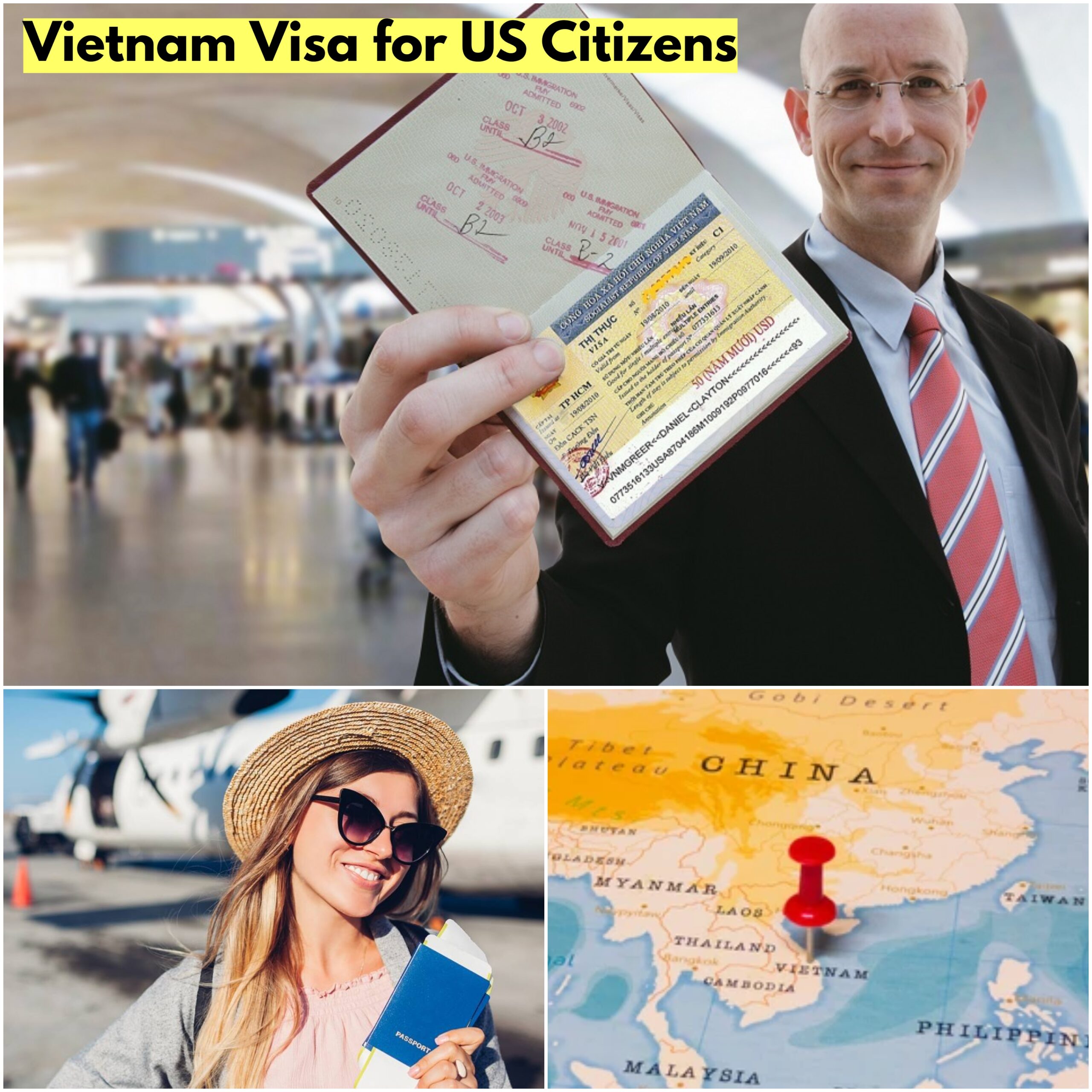
To apply for a Vietnam visa as an American citizen, you’ll need to meet certain requirements and provide the necessary documentation. Here are the key requirements:
Passport Validity
Your passport must have at least six months of remaining validity from the date of your planned entry into Vietnam. Additionally, it should have at least one blank visa page for the visa stamp.
Visa Application Form
You’ll need to complete a visa application form accurately and in full. The form requires personal information, travel details, and other relevant details. Providing incomplete or inaccurate information can lead to visa application delays or rejections.
Passport Photo Requirements
Most visa applications require one or two recent passport-sized photographs. The photographs must meet specific requirements, such as:
- Size: 2 inches x 2 inches (51 mm x 51 mm)
- Background: Plain white or off-white
- Face: Clearly visible and centered
- Expression: Neutral, with a straight face
- Accessories: No hats, glasses, or other obstructions
It’s advisable to follow the photo guidelines carefully to avoid any delays in the visa processing.
Applying for a Vietnam Visa

There are several ways to apply for a Vietnam visa as an American citizen, each with its own advantages and requirements. Choose the method that best suits your travel plans and preferences:
Applying Online
For e-visas or certain visa types, you may be able to apply online through the Vietnamese government’s official visa website or authorized third-party visa service providers. This option is convenient, as it allows you to submit your application and supporting documents electronically without visiting an embassy or consulate.
To apply online, you’ll typically need to:
- Visit the official e-visa website or authorized visa service provider’s website.
- Complete the online application form with accurate personal and travel details.
- Upload a digital passport-sized photograph that meets the requirements.
- Make the visa fee payment online using a secure payment method.
- Submit your application and wait for processing and approval.
Once approved, you’ll receive an e-visa confirmation letter or a visa approval notification, which you’ll need to present upon arrival in Vietnam.
Applying through the Vietnamese Embassy
For visas that cannot be obtained online, you’ll need to apply in person or by mail through the nearest Vietnamese embassy or consulate in the United States. This method may be more time-consuming but is often necessary for specific visa types or longer durations.
To apply through the embassy, you’ll typically need to:
- Obtain and complete the visa application form provided by the embassy.
- Provide a valid passport that meets the requirements.
- Submit recent passport-sized photographs.
- Provide supporting documents, such as proof of travel or business activities, if required.
- Pay the visa fee, typically in cash or by money order.
- Submit your application in person or by mail, as instructed by the embassy.
Processing times may vary depending on the embassy’s workload and the type of visa you’re applying for.
Applying on Arrival
In some cases, American citizens may be eligible to apply for a visa upon arrival in Vietnam. This option is typically available for tourist visas with a validity period of up to 30 days.
To apply for a visa on arrival, you’ll need to:
- Obtain a visa approval letter from a reputable travel agency or visa service provider before your trip.
- Present the visa approval letter, completed visa application form, passport, and passport-sized photographs upon arrival at the airport or border checkpoint in Vietnam.
- Pay the visa fee in cash (U.S. dollars or Vietnamese dong) at the immigration counter.
- Wait for your visa to be processed and issued at the airport or border checkpoint.
It’s important to note that applying for a visa on arrival can be time-consuming and may involve longer queues, so it’s recommended to factor in additional time for the process.
Processing Time and Fees
The processing time and fees for your Vietnam visa will depend on several factors, including the visa type, application method, and processing time requested.
Standard Processing Time
The standard processing time for most Vietnam visa applications is typically between 5 and 10 working days from the time of submission. However, this can vary depending on the embassy’s workload and the complexity of your application.
Expedited Processing Options
If you need your visa processed more quickly, some embassies or visa service providers offer expedited processing options for an additional fee. Expedited processing can significantly reduce the processing time, often providing visa approvals within a few business days or even the same day in some cases.
Visa Fees
The visa fees for Vietnam vary based on the visa type, duration, and processing time requested. Here are some general guidelines for visa fees as of 2023:
- Tourist visa (single entry):
- 1 month: $25
- 3 months: $50
- 6 months: $95
- 1 year: $135
- Tourist visa (multiple entries):
- 1 month: $50
- 3 months: $95
- 6 months: $135
- 1 year: $155
- Business visa (single entry):
- 1 month: $100
- 3 months: $135
- 6 months: $155
- 1 year: $200
- Business visa (multiple entries):
- 3 months: $155
- 6 months: $195
- 1 year: $250
It’s important to check the most up-to-date visa fees and payment methods before submitting your application, as they may be subject to change.
Validity and Extension of Vietnam Visa
Understanding the validity period of your Vietnam visa is crucial to ensure compliance with immigration regulations and avoid overstaying your visa. Here are some key points regarding visa validity and extension options:
Visa Validity Period
The validity period of a Vietnam visa varies depending on the type and duration requested during the application process. Typically, tourist visas are valid for 1 month, 3 months, 6 months, or 1 year, while business visas may have similar validity periods.
It’s essential to enter Vietnam before the expiration date of your visa and adhere to the permitted duration of stay specified on the visa. Overstaying your visa can result in fines, deportation, or other penalties.
Extending Your Visa in Vietnam
If you wish to extend your stay in Vietnam beyond the initial visa validity period, you may apply for a visa extension through the Vietnam Immigration Department. Visa extensions are typically granted for an additional 1 month, 3 months, or 6 months, depending on your eligibility and circumstances.
To extend your visa in Vietnam, you’ll generally need to:
- Submit a visa extension application form at the Vietnam Immigration Department office.
- Provide a valid reason for extending your stay, such as tourism, business activities, or family visits.
- Pay the applicable visa extension fee and any associated processing fees.
- Wait for your visa extension to be processed and approved before your current visa expires.
It’s advisable to start the visa extension process well in advance of your visa expiration date to avoid any potential issues or disruptions to your stay in Vietnam.
Entry and Exit Requirements
When traveling to Vietnam as an American citizen, it’s essential to familiarize yourself with the entry and exit procedures to ensure a smooth and hassle-free experience at border checkpoints. Here are some key points to keep in mind:
Arrival Procedures
Upon arrival in Vietnam, you’ll be required to present your passport, visa (if applicable), and any supporting documents to the immigration officer at the airport or border checkpoint. The officer may ask you about the purpose of your visit, your accommodation arrangements, and other relevant details.
It’s essential to comply with the immigration officer’s instructions, answer any questions truthfully, and provide accurate information to avoid any delays or complications during the entry process.
Departure Procedures
When departing from Vietnam, make sure to arrive at the airport well in advance of your flight departure time to allow for check-in, security screening, and immigration procedures. You may be required to complete departure forms, undergo security checks, and present your passport and boarding pass at various checkpoints.
Ensure that you have all necessary travel documents, including your passport, visa, and any exit permits, readily available for inspection by immigration authorities. Failure to comply with exit requirements could result in difficulties leaving the country or future travel restrictions.
Travel Tips for Americans Visiting Vietnam
As you prepare for your trip to Vietnam, consider these essential travel tips to enhance your experience and ensure a memorable stay in this vibrant Southeast Asian destination:
Cultural Etiquette
- Respect local customs and traditions, such as removing your shoes before entering someone’s home or a place of worship.
- Learn a few basic Vietnamese phrases to communicate with locals and show appreciation for their language and culture.
- Dress modestly when visiting temples, pagodas, or rural areas to show respect for religious practices and local sensitivities.
Health and Safety Tips
- Stay hydrated and use sunscreen to protect against the tropical sun and humidity.
- Be cautious when consuming street food and ensure that it is prepared hygienically to avoid foodborne illnesses.
- Carry a copy of your passport and travel insurance information at all times in case of emergencies.
Currency and Payment Information
- The official currency of Vietnam is the Vietnamese dong (VND), and cash is widely used for daily transactions.
- ATMs are prevalent in major cities and tourist areas, but it’s advisable to carry sufficient cash for remote locations or smaller establishments.
- Notify your bank or credit card provider of your travel plans to prevent any issues with card transactions abroad.
By following these travel tips and being mindful of local customs and regulations, you can enjoy a safe and enriching journey through Vietnam.
Notes
Dual Nationality Considerations
If you hold dual nationality or citizenship, it’s essential to determine which passport to use when applying for a Vietnam visa and entering the country. Some countries may have specific visa requirements or restrictions based on your nationality, so clarify any concerns with the nearest Vietnamese embassy or consulate.
Visa Exemptions for Certain Countries
Vietnam offers visa exemptions or visa-free entry to citizens of several countries for short stays or specific purposes. Check the latest information on visa exemptions for your nationality to see if you qualify for streamlined entry procedures or visa waivers.
Mistakes to Avoid
To ensure a successful visa application and seamless travel experience in Vietnam, avoid these common mistakes that could lead to delays or complications:
Waiting Until the Last Minute to Apply for a Visa
Procrastinating on your visa application can result in processing delays, especially if additional documentation or corrections are needed. Plan ahead and submit your visa application well in advance of your intended travel dates to allow for ample processing time.
Providing Incomplete or Incorrect Information on the Application
Accuracy and completeness are crucial when filling out your visa application form and providing supporting documents. Double-check all information for errors, inaccuracies, or missing details before submission to prevent unnecessary delays or rejections.
By avoiding these pitfalls and preparing diligently for your trip to Vietnam, you can navigate the visa process smoothly and enjoy a rewarding travel experience in this captivating country.
Frequently Asked Questions
Do Americans need a visa to visit Vietnam?
Yes, American citizens are required to obtain a visa to enter Vietnam for tourism, business, or other purposes. The type of visa and application process may vary based on the purpose and duration of your stay in Vietnam.
Can I extend my visa while in Vietnam?
Yes, you can apply for a visa extension through the Vietnam Immigration Department if you wish to prolong your stay in the country. Visa extensions are typically granted for specific durations, such as 1 month, 3 months, or 6 months, depending on your eligibility and circumstances.
What is the difference between a tourist visa and a business visa for Vietnam?
The main difference between a tourist visa and a business visa for Vietnam lies in the intended purpose of the visit. A tourist visa is suitable for leisure travel, sightseeing, or visiting friends and family, while a business visa is designed for individuals engaging in commercial activities, attending meetings, or conducting business transactions in Vietnam.
Conclusion
Navigating the Vietnam visa process as an American traveler involves understanding the different visa types, requirements, application methods, and entry/exit procedures. By ensuring your passport validity, completing the visa application accurately, and choosing the right application method, you can obtain your Vietnam visa efficiently and embark on a memorable journey to this diverse and culturally rich country.
Whether you’re exploring the bustling streets of Hanoi, cruising through the picturesque waters of Ha Long Bay, or immersing yourself in the ancient charm of Hoi An, Vietnam offers a wealth of experiences for every traveler. With proper planning, adherence to visa regulations, and a spirit of adventure, your visit to Vietnam is sure to be filled with unforgettable moments and lasting memories.


